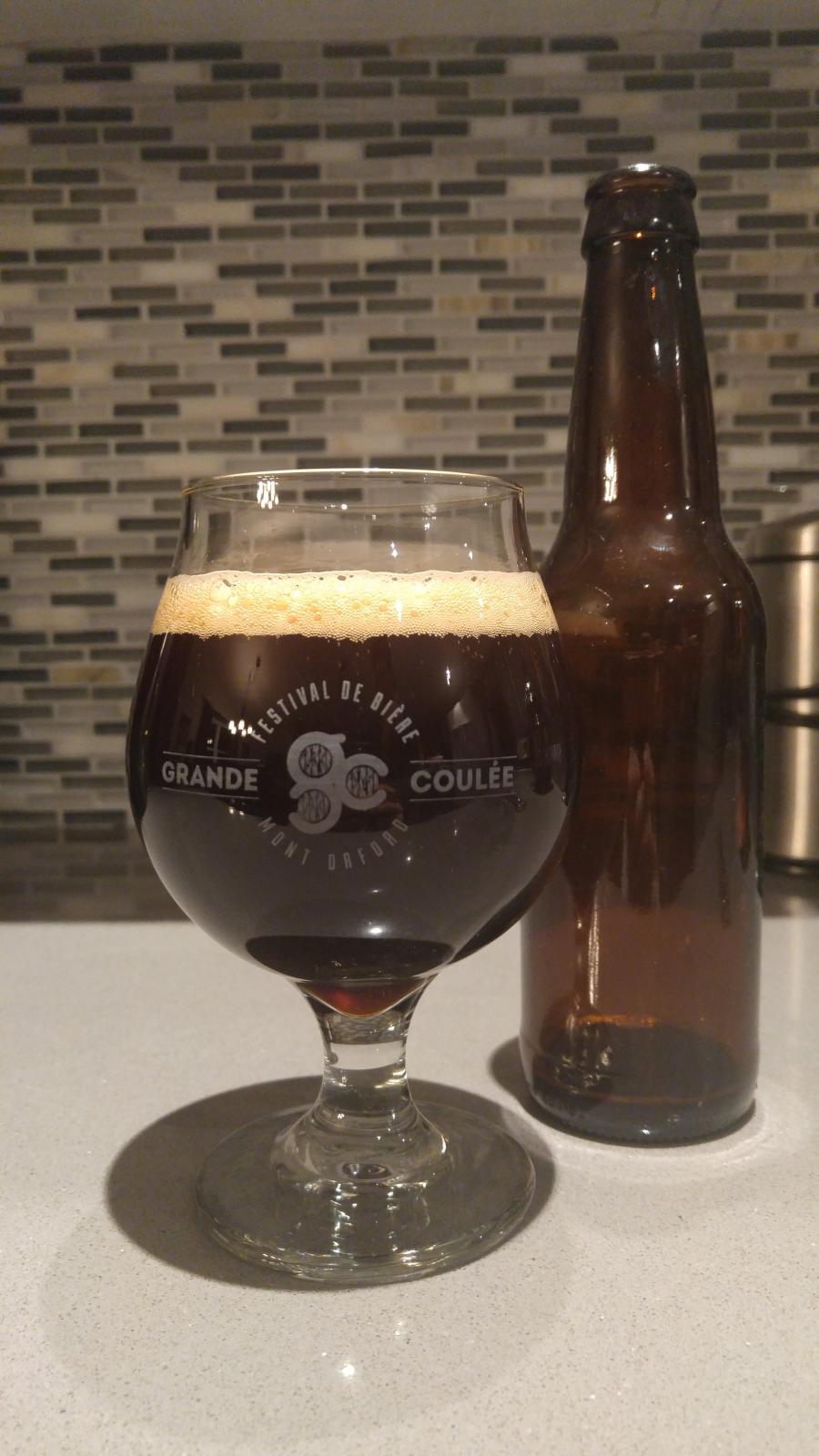hobbybob
Well-Known Member
I'm here in Brussels and a small bottle of westy 12 costs 14 euros.
So keep brewing your own, folks
In The Netherlands between 5 and 13 euro so I think Mer-man has to look a bit harder


I'm here in Brussels and a small bottle of westy 12 costs 14 euros.
So keep brewing your own, folks

In The Netherlands between 5 and 13 euro so I think Mer-man has to look a bit harder


I just got some shipped to me interesting it was bottled in October why do we age our clones a year or more when the brewery does not










Searched this thread but didn't see anything...
I assume this would be fairly easy to convert to extract, since pilsner and light DME/LME are pretty easy to come by.
Anyone tried it and have any advice?
The only thing that would worry me is the ferment ability with 2.5 pound of d-180 you are around 14% sugar I would replace some DME with cane sugar maybe push simple sugar percentage close to 20% you dont want it ti finish any higher than 1.012
I was in Amsterdam a couple months ago and found a couple places selling them for 15 Euro a piece
Point taken on the anti-starter. My plan was to pull a decent amount of slurry, and do a vitality starter; meanwhile I would clean the fermentor and ready it for the quad.
However, I think I may just go with a fresh pitch of 530 as I don't want to risk pitching a mutated strain into such a potentially huge and awesome beer. I don't think I have it in me to turn this recipe into a yeast experiment. The fermentabilty of the current golden strong I have going should have gotten down to single digits. I mashed at 148-149F, aerated with 60 secs of O2 and there is 2 lbs of sugar for a 5 gallon batch.
I was also previously wrestling with replacing the Brewer's Gold with Chinook as I have a lot on hand and I've read they can be a substitute for each other, but as long as I'm running the LHBS, I might as well pick up an extra ounce of the correct hops as well.
I have brewed this four times-first two batches last February and they were great when I started having them starting in October.
I just brewed another two separate batches. Both batches this time reached 83 degrees after 3-4 days. I had a healthy pitch and it took off within 12-18 hours. I hadnt planned it to get so warm, it was in a fermentation chamber (freezer but with temp controller off) in a 65 degree basement. Hadn't planned to let it get that warm-I slowly dropped temp to upper 70s over two days after seeing it so high.
I tasted it at two weeks having reached FG and it was hot and I think may have some fussels.
I recall from last year it tasted hot right out of primary but I dont recall it being so harsh. Unfortunately my notes didn't say too much except it was harsh and rough.
I have it in secondary where it will sit until this summer when I keg or bottle. I may keg because I am not sure it will settle out if indeed it is fussel alcohol I am detecting.
I won't dump it now but will taste it again in some months...I am hoping that I just hit it at a bad time...but since it was hotter with a bit of solvent taste I suspect I may be sitting on a couple bad batches...
Can someone give me their taste profile out of primary?
It went from 26 brix to 16 which puts it at 10.84%. But it says 1.041 on my hydrometer and smells like wort not beer. Anyway it's kegged and carbed, but undrinkable due to being overly sweet. So Brett maybe? Dump a bottle of Kriek in here? I don't know, kinda at a loss on what to do or what will work.
Maybe some 099 in a small active starter?
Could I just throw that in the keg? Because whatever I do I don't plan to transfer it. Just want to let it sit out someplace in the keg and pull the release every day or so.